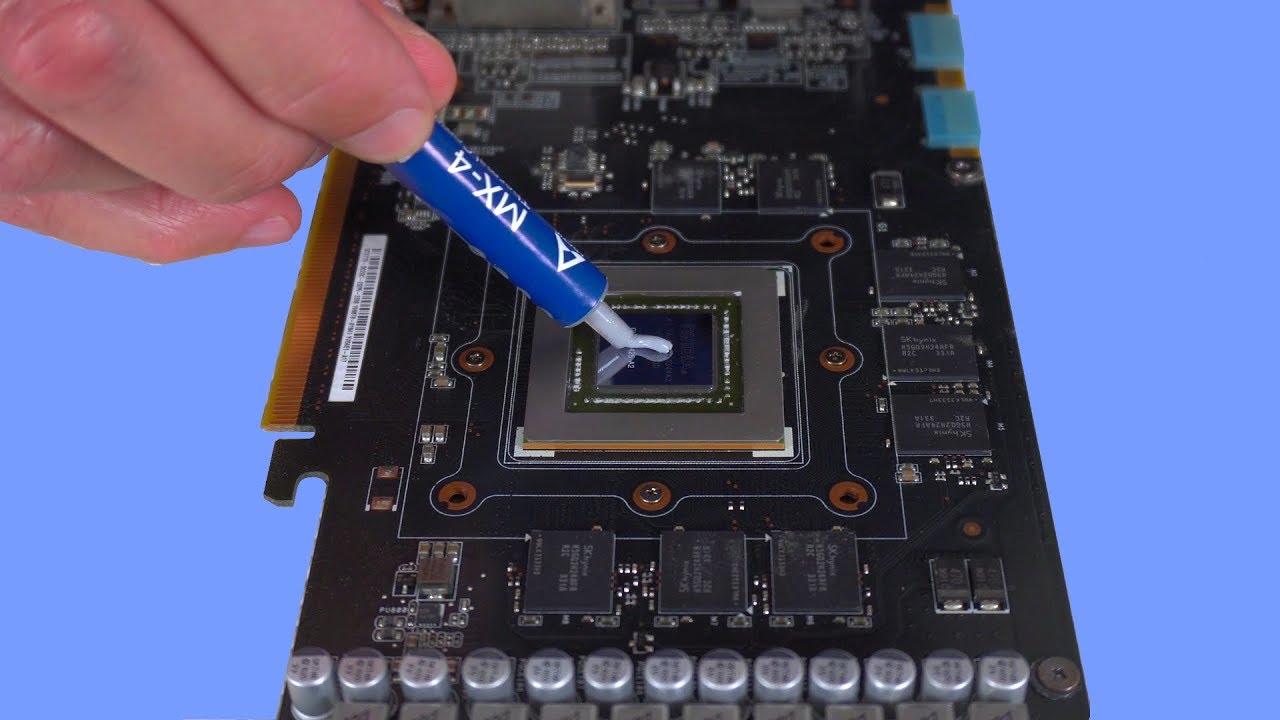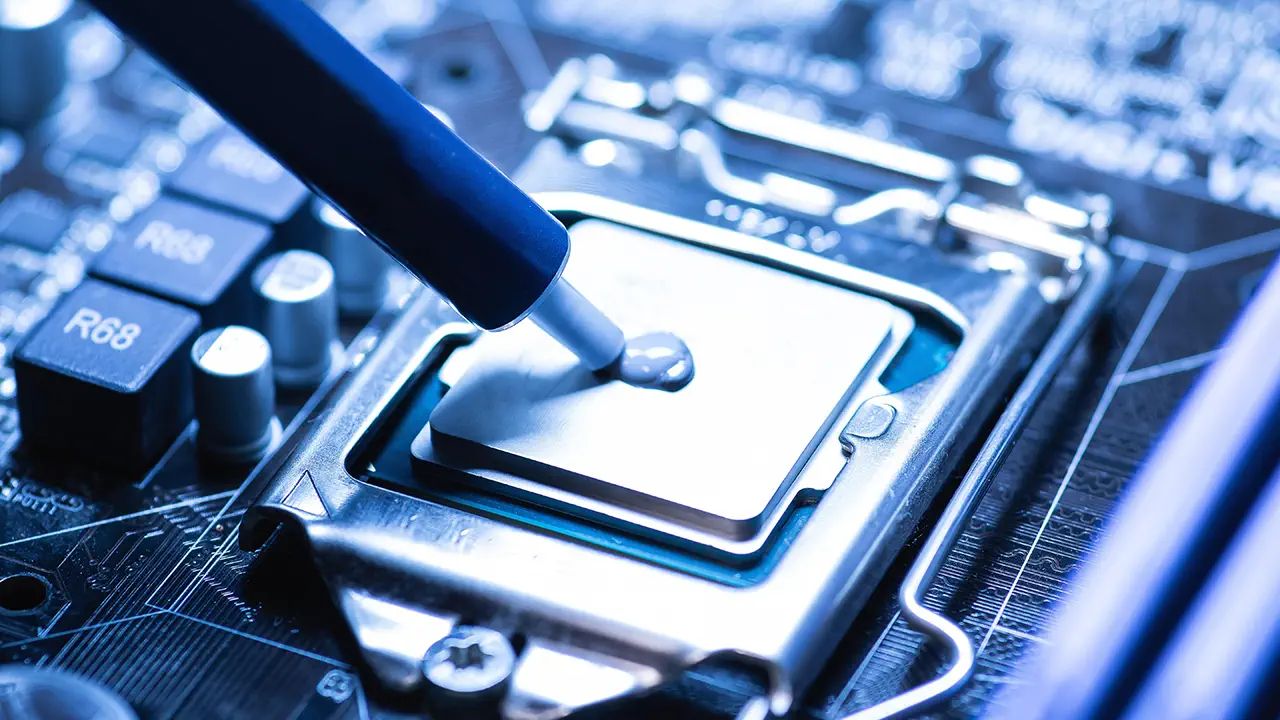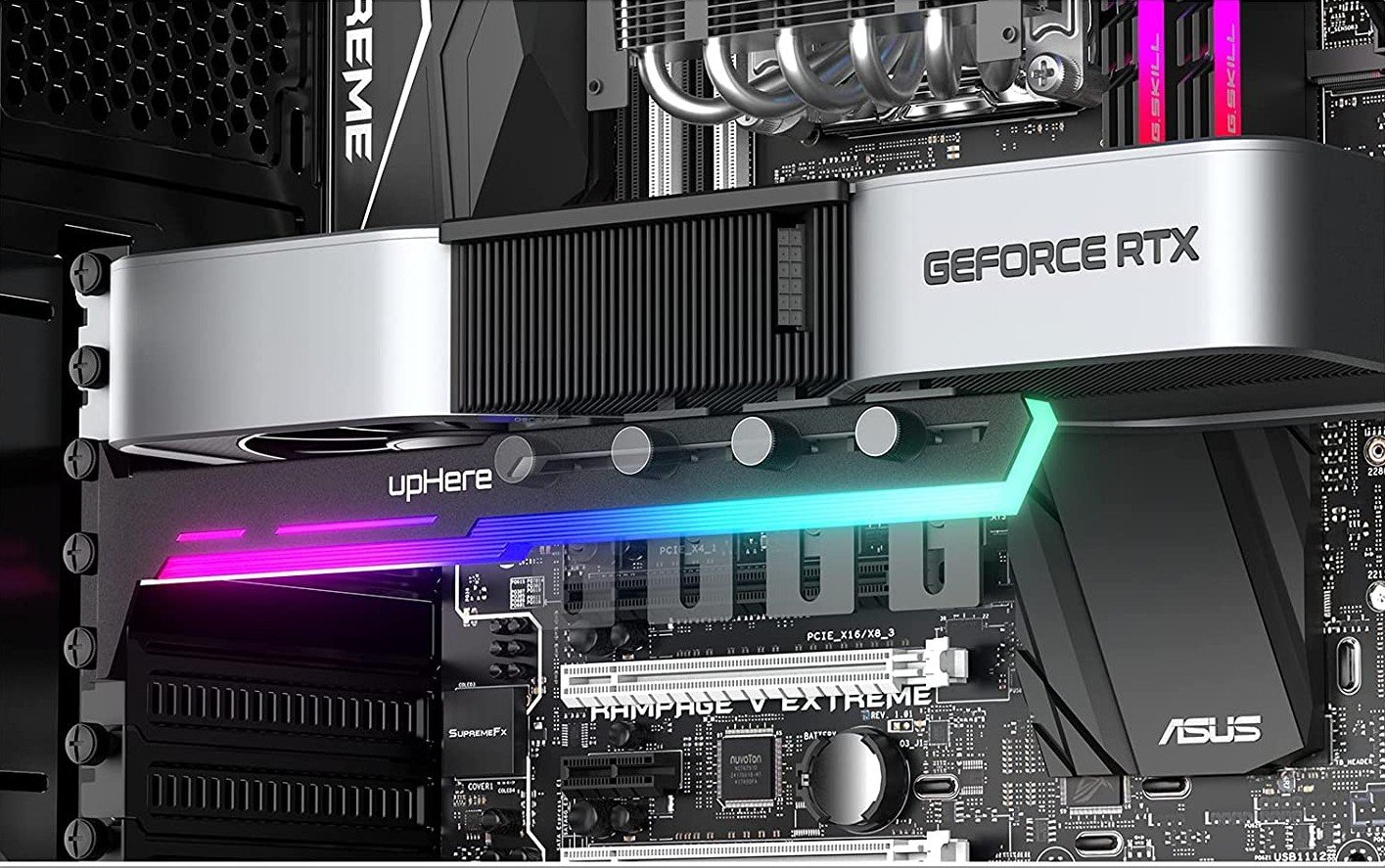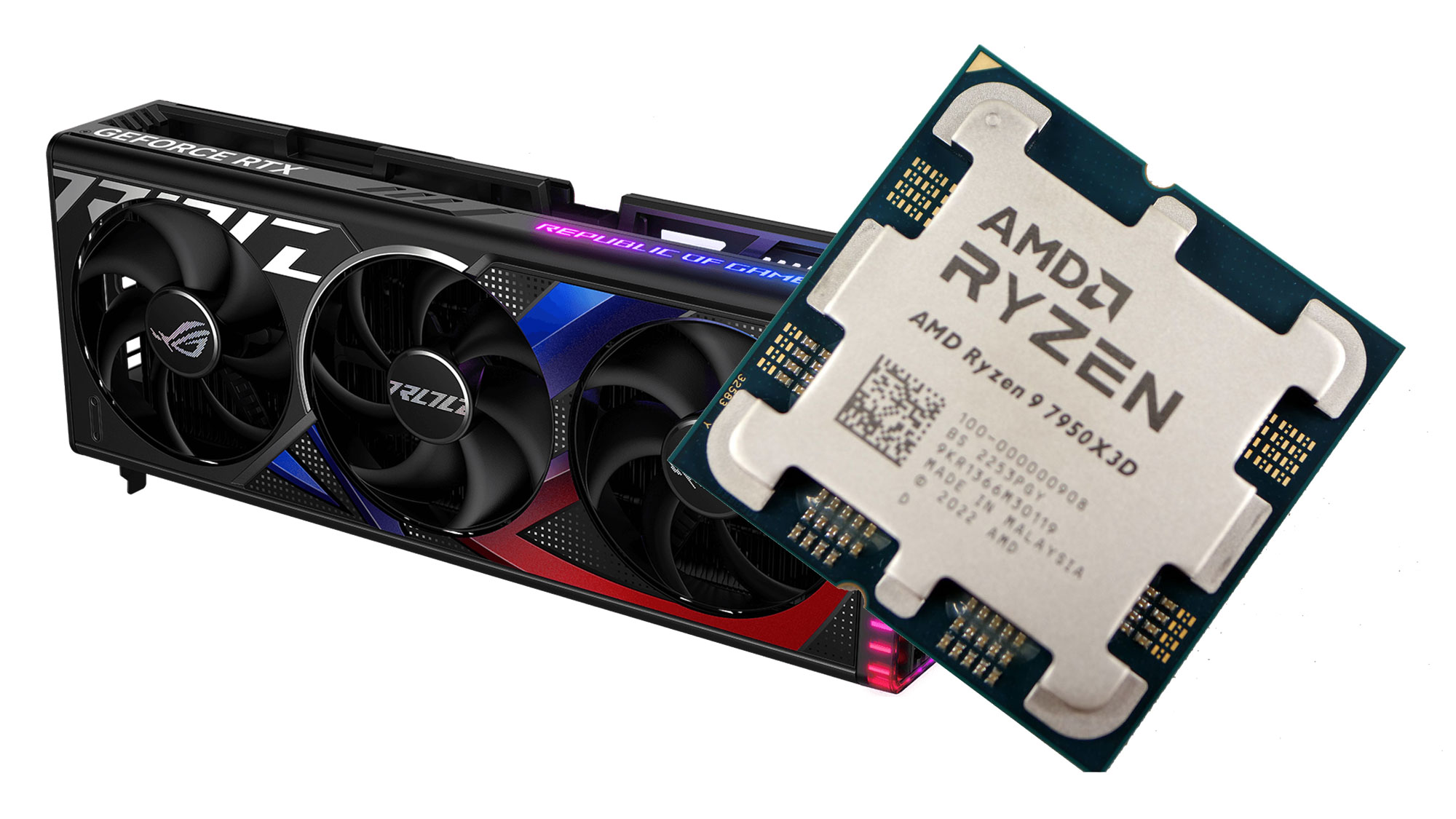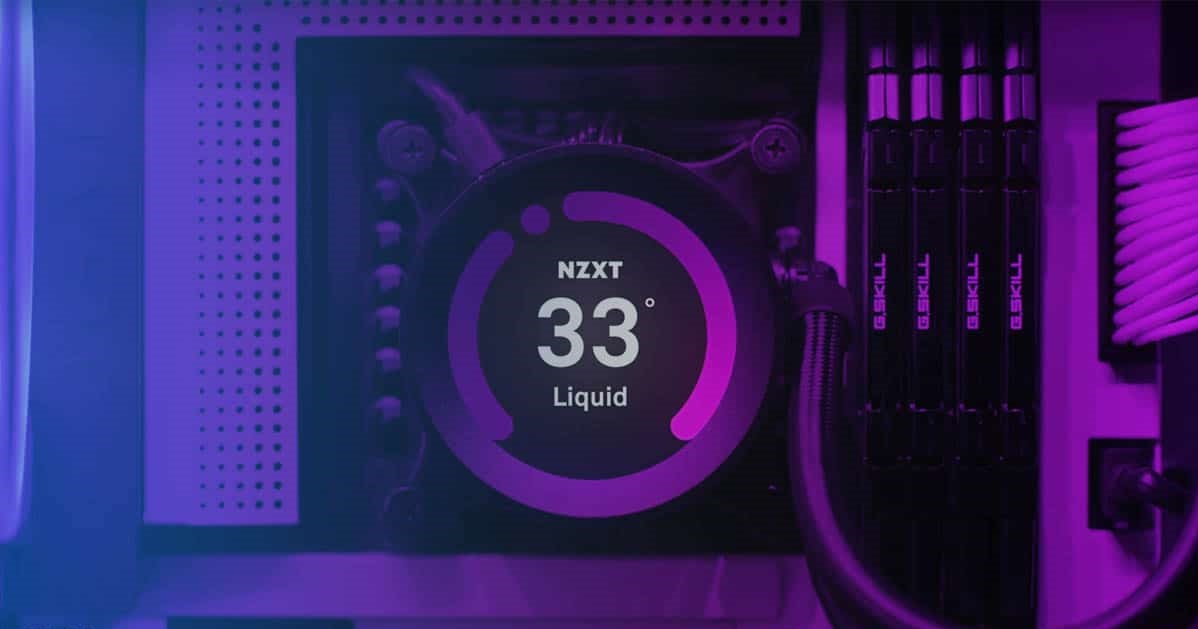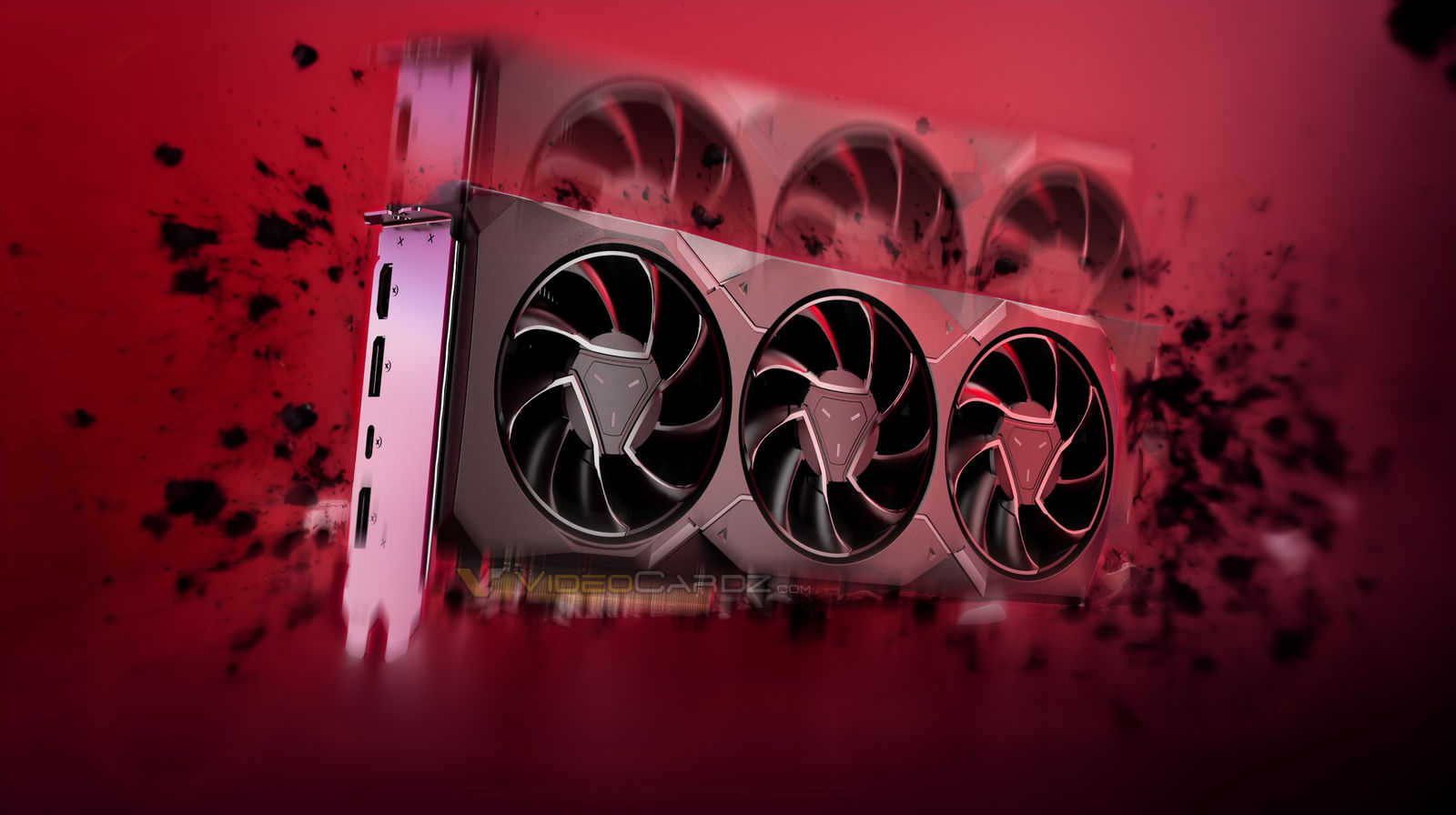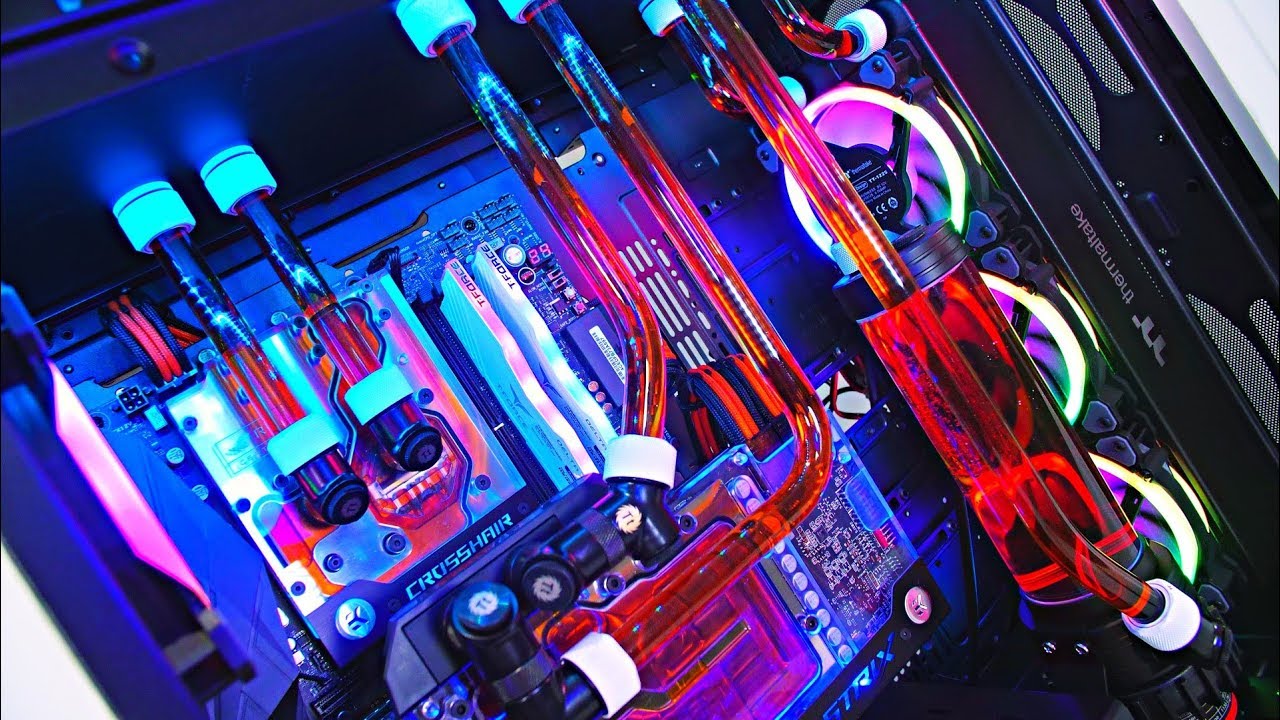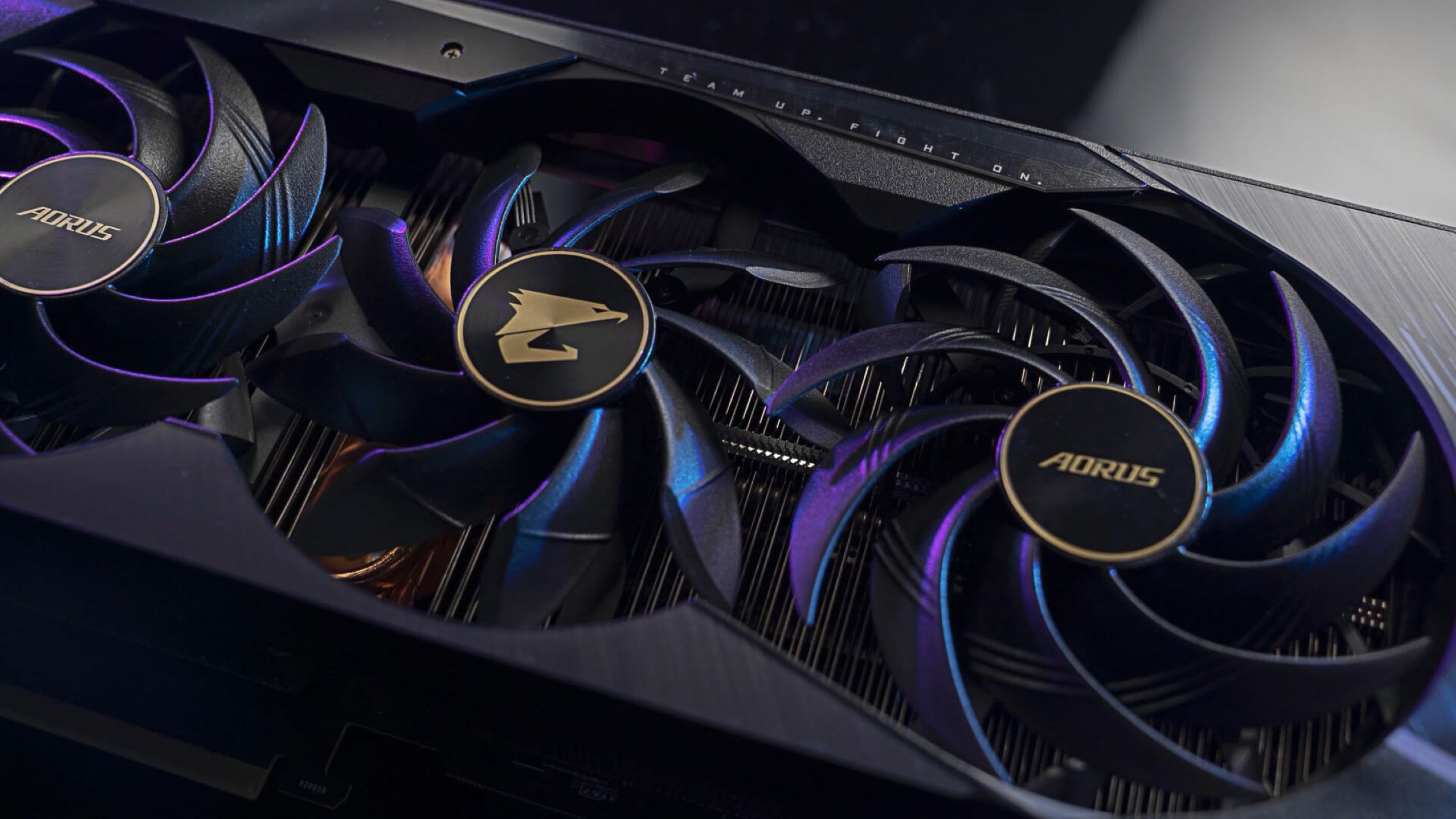Introduction
Welcome to our guide on how often to replace thermal paste on a GPU! If you’re an avid gamer or a computer enthusiast, you’re probably already familiar with the importance of thermal paste in maintaining optimal performance of your graphics card. Thermal paste, also known as thermal compound or thermal grease, is a crucial component that helps to conduct heat away from the GPU and distribute it efficiently across the cooling system.
Whether you’re an experienced builder or a first-time PC owner, understanding when and how to replace your thermal paste is essential for keeping your GPU in top condition. Over time, thermal paste can dry out, become less effective, and lead to increased temperatures and potential performance issues. By regularly replacing your thermal paste, you can ensure that your graphics card stays cool and functions at its best.
In this comprehensive guide, we’ll explain what thermal paste is, why it’s important for your GPU, and the signs that indicate when it’s time to replace it. We’ll also cover how often you should consider replacing it, taking into account various factors that can affect its lifespan. Lastly, we’ll provide a step-by-step guide on how to properly replace the thermal paste on your GPU.
So, if you’re ready to learn more about maintaining the longevity and performance of your graphics card, let’s dive into the world of thermal paste and how to optimize its use!
What is Thermal Paste?
Thermal paste, also known as thermal compound or thermal grease, is a substance applied between the GPU (graphics processing unit) and the cooler to enhance heat conduction. It fills in any microscopic irregularities on the surface of the GPU and the cooler, creating a more efficient path for heat transfer.
The main purpose of thermal paste is to eliminate the air gaps that can form between the GPU and the cooler. Air is a poor conductor of heat, so these gaps can inhibit the transfer of heat from the GPU to the cooler, causing higher temperatures and potentially reducing the performance of the graphics card.
Thermal paste is usually made of a combination of substances, including silicone, metal oxides, and sometimes even silver. It has a semi-fluid consistency, allowing it to spread evenly and fill in any small gaps when pressure is applied.
There are different types of thermal paste available, including standard thermal paste and more advanced options like metal-based or ceramic-based thermal compounds. The choice of thermal paste depends on several factors, such as the application, thermal conductivity, and the desired longevity of the cooling solution.
Overall, the primary function of thermal paste is to improve the contact between the GPU and the cooler, ensuring efficient heat transfer and keeping the GPU operating at optimal temperatures. It plays a crucial role in preventing overheating and maintaining the longevity and performance of the graphics card.
Why is Thermal Paste Important for GPU?
Thermal paste is of utmost importance for GPUs due to the significant heat generated during their operation. As the GPU handles complex computations and graphics rendering, it produces a considerable amount of heat. Without proper heat dissipation, the temperature of the GPU can rise to dangerous levels, leading to performance throttling, system instability, and even permanent damage to the graphics card.
The primary function of thermal paste is to ensure efficient heat transfer between the GPU and the cooler, which is typically a heat sink attached to a fan. By filling in the microscopic imperfections and air gaps between the two surfaces, thermal paste facilitates better thermal conductivity. This means that heat generated by the GPU can more effectively travel through the thermal paste and into the cooler, where it can be dissipated into the surrounding air.
Without thermal paste, the direct contact between the GPU and the cooler would be imperfect due to microscopic imperfections and air pockets. These imperfections and air pockets act as insulators, hindering heat transfer. As a result, the temperatures of the GPU can rise significantly, causing thermal throttling that reduces its performance or even leads to system crashes.
Furthermore, prolonged exposure to high temperatures can affect the lifespan of the GPU and other sensitive components on the graphics card. Excessive heat can degrade electronic components, causing them to malfunction or fail prematurely. By ensuring proper heat dissipation through the use of thermal paste, you can help prolong the life of your GPU and maintain its performance over time.
In summary, thermal paste is crucial for GPUs as it enables efficient heat transfer, prevents overheating, and helps maintain the performance and longevity of the graphics card. Regularly checking and replacing thermal paste as needed is an essential maintenance task to keep your GPU running smoothly and prevent potential damage.
Signs that Thermal Paste Needs to be Replaced
Over time, the effectiveness of thermal paste can degrade, which can lead to higher temperatures and potential performance issues. To ensure optimal heat dissipation and keep your GPU running smoothly, it’s important to be aware of the signs that indicate when thermal paste needs to be replaced. Here are some common indicators:
- Increased Temperatures: One of the most noticeable signs that thermal paste may need to be replaced is a significant increase in GPU temperatures. If you observe higher-than-usual temperatures during normal operation or experience abrupt temperature spikes, it’s a good indication that the thermal paste is no longer effectively transferring heat.
- Frequent System Crashes: If your computer frequently crashes or experiences sudden system shutdowns, it could be due to the GPU overheating. When the thermal paste deteriorates, the GPU may not be able to effectively cool itself, leading to thermal throttling or even triggering built-in safety mechanisms that shut down the system to prevent damage.
- Unstable Performance: Degrading thermal paste can cause the GPU to operate at suboptimal performance levels. You may notice decreased frame rates, stuttering, or general sluggishness in graphics-intensive applications. These performance issues can indicate that the GPU is running too hot and not efficiently dissipating heat.
- Visible Dryness or Cracking: In some cases, you may visually inspect the thermal paste and notice signs of deterioration, such as dryness or cracking. If the thermal paste appears dried out or has developed visible cracks, it’s a clear indication that it needs to be replaced.
It’s important to note that the degradation of thermal paste can vary depending on factors such as the quality of the paste used, the operating conditions, and the age of the GPU. In general, it’s recommended to replace thermal paste every 1-2 years to ensure optimal performance and heat dissipation. However, if you notice any of the signs mentioned above, it’s a good idea to replace the thermal paste sooner to prevent any potential damage or performance issues.
How Often Should Thermal Paste be Replaced on GPU?
The frequency at which thermal paste should be replaced on a GPU depends on various factors such as the quality of the paste, usage conditions, and the age of the graphics card. While there isn’t a definitive answer to how often thermal paste should be replaced, here are some general guidelines to help you determine when it’s time for a replacement:
- Manufacturer Recommendations: Some GPU manufacturers provide guidelines on when to replace thermal paste. It’s worth checking the manufacturer’s documentation or website for any specific recommendations regarding thermal paste replacement intervals.
- Every 1-2 Years: As a general rule of thumb, it is a good practice to replace the thermal paste on your GPU every 1-2 years. This interval provides a balance between maintaining optimal heat dissipation and preventing any potential degradation of the thermal paste over time. However, this timeframe can vary depending on several factors, so it’s important to consider other indicators as well.
- Signs of Deterioration: Keep an eye out for signs of thermal paste degradation, such as increased temperatures, system crashes, unstable performance, or visible dryness/cracking of the paste. If you notice any of these signs, it’s a clear indication that the thermal paste needs to be replaced, regardless of the time frame.
- Intense Usage: If you heavily use your GPU for gaming, video editing, or other demanding tasks, it may generate more heat and put additional strain on the thermal paste. In such cases, more frequent thermal paste replacements may be necessary to maintain optimal cooling performance.
- Rebuilding or Upgrading: If you’re planning to rebuild your PC or upgrade your GPU, it’s a good opportunity to replace the thermal paste. Since you’ll be disassembling the GPU, it’s the ideal time to clean the old paste and apply fresh thermal compound for optimal cooling efficiency.
Ultimately, the decision of when to replace thermal paste on your GPU depends on a combination of factors. Regular monitoring of temperatures and performance, as well as visual inspection of the thermal paste, can help guide you in determining the most appropriate replacement interval for your specific situation.
Factors that Determine Thermal Paste Lifespan
The lifespan of thermal paste can vary depending on several factors that affect its performance and longevity. Understanding these factors can help you assess the lifespan of thermal paste and determine when it’s time for a replacement. Here are some key factors that influence the lifespan of thermal paste:
- Quality of the Thermal Paste: The quality of the thermal paste plays a significant role in its lifespan. Higher-quality thermal pastes often have superior thermal conductivity and are designed to withstand higher temperatures. Investing in a reputable brand and using high-quality thermal paste can help prolong its lifespan.
- Application Method: The way thermal paste is applied can impact its lifespan. Applying an even and thin layer of thermal paste ensures better contact between the GPU and the cooler, improving heat transfer. Excessive or inadequate application can result in poor heat dissipation and potentially shorten the lifespan of the thermal paste.
- Operating Conditions: The operating conditions of your GPU can affect the lifespan of the thermal paste. Factors such as ambient temperature, humidity, and dust accumulation can impact the efficiency of heat dissipation. Higher temperatures and dusty environments can accelerate the degradation of the thermal paste, reducing its lifespan.
- Usage Intensity: The intensity and duration of GPU usage can affect the lifespan of thermal paste. GPUs that are consistently under heavy load, such as those used for gaming or intensive computational tasks, generate more heat. This continuous heat output can shorten the lifespan of the thermal paste compared to GPUs used for lighter tasks.
- Thermal Cycling: Thermal cycling refers to the process of the GPU heating up and cooling down repeatedly. This constant expansion and contraction can cause stress on the thermal paste, potentially leading to its degradation over time. GPUs that experience frequent temperature fluctuations, such as in overclocking or unstable cooling conditions, may require more frequent thermal paste replacements.
Considering these factors, it’s important to regularly monitor your GPU’s temperatures, inspect the condition of the thermal paste, and take into account factors such as quality, application, operating conditions, usage intensity, and thermal cycling. While the general guideline for thermal paste replacement is every 1-2 years, these factors can help you determine whether you may need to replace it sooner or if it can last longer.
How to Replace Thermal Paste on GPU
Replacing the thermal paste on your GPU might seem daunting, but with the right tools and careful steps, it can be a straightforward process. Here’s a step-by-step guide on how to replace thermal paste on your GPU:
- Gather the necessary tools: Before you begin, make sure you have the following tools: rubbing alcohol or thermal paste remover, lint-free cloth or coffee filters, thermal paste, and a screwdriver set suitable for your GPU.
- Prepare your workspace: Find a clean and well-lit area to work. It’s recommended to work on an anti-static surface or use an anti-static mat to prevent static electricity from damaging your GPU.
- Power off and unplug: Power off your computer and unplug it from the power source. This ensures safety and prevents accidental damage to your GPU.
- Open the GPU housing: Remove your GPU from the computer case by unscrewing the necessary screws or releasing any securing mechanisms. Take care not to damage any components during this process.
- Clean the GPU and cooler: Using a lint-free cloth or coffee filters dampened with rubbing alcohol or thermal paste remover, gently clean the GPU and the cooler to remove any existing thermal paste residue. Ensure that the surfaces are completely clean and dry before moving on to the next step.
- Apply the new thermal paste: Apply a small, pea-sized amount of thermal paste onto the center of the GPU. Use a spreader or a plastic card to evenly distribute the paste in a thin layer. Be careful not to apply too much paste, as this can negatively affect heat transfer.
- Reassemble the GPU: Carefully place the cooler back onto the GPU, aligning it with the screw holes. Secure it in place by tightening the screws, ensuring even and firm pressure. Be cautious not to overtighten the screws, as this can damage the GPU or affect heat dissipation.
- Reinstall the GPU: Place the GPU back into the computer case and secure it with the necessary screws or locking mechanisms. Ensure that all connections are properly reattached.
- Power on and test: Plug in the power cables, start your computer, and monitor the temperatures of your GPU. Verify that the temperatures are within the desired range and closely monitor its performance to ensure everything is functioning as expected.
Note: The above steps are a general guideline, and the process can vary depending on your GPU model. It’s always recommended to consult your GPU manufacturer’s documentation for specific instructions or video tutorials for your particular model.
By following these steps and taking proper precautions, you can replace the thermal paste on your GPU and ensure optimal heat transfer, helping to keep your GPU cool and maintain its performance over time.
Conclusion
Understanding the importance of thermal paste and knowing when and how to replace it is crucial for maintaining the optimal performance and lifespan of your GPU. Thermal paste plays a vital role in facilitating efficient heat transfer from the GPU to the cooler, preventing overheating and potential performance issues. By regularly monitoring the signs of thermal paste degradation and following the appropriate replacement intervals, you can safeguard your GPU from overheating and ensure its longevity.
Throughout this guide, we’ve explored various aspects of thermal paste, including its function, importance, signs of deterioration, replacement intervals, factors influencing its lifespan, and the step-by-step process of replacing thermal paste on your GPU. By considering these factors and following the recommended guidelines, you can effectively manage your GPU’s temperature, optimize its cooling performance, and enhance its overall lifespan.
Remember to always refer to the manufacturer’s recommendations and guidelines for specific details about your GPU model. Additionally, prioritize safety by following anti-static precautions and handling all components with care during the thermal paste replacement process.
By maintaining a healthy and efficient cooling system for your GPU, you can enjoy smooth, high-performance gaming sessions, optimal graphics rendering, and a longer lifespan for your valuable graphics card.







